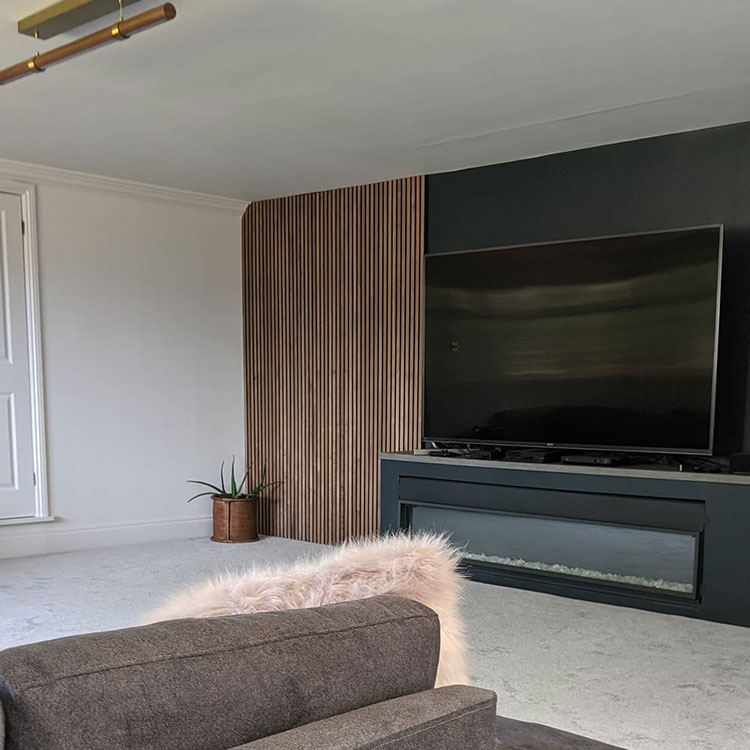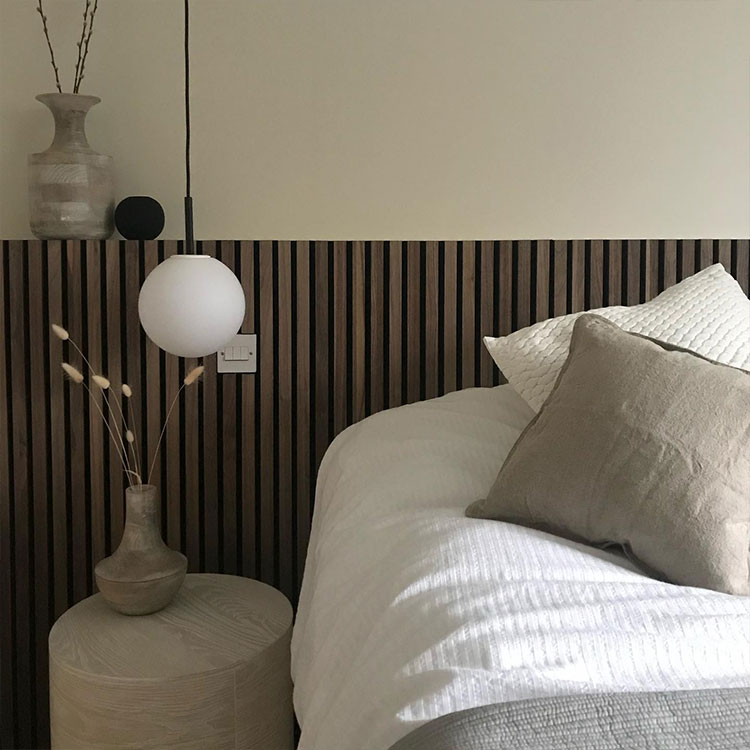Acoustic panels play a crucial role in enhancing sound quality and reducing noise in various spaces. Whether it is a professional music studio, a home theater, or an office conference room, the quality of acoustic panels directly affects the overall acoustic experience. Fabric covered acoustic panels have gained popularity due to their aesthetic appeal and effectiveness in soundproofing. However, in order to ensure their efficiency, several aspects must be considered during their production. In this article, we will explore three important factors that should be paid attention to in the production of acoustic panels: material quality, design, and installation.


First and foremost, the material quality of acoustic panels has a substantial impact on their overall performance. When it comes to fabric covered acoustic panels, the choice of materials should focus on both the fabric and the core material. The fabric used for covering the panels should be acoustically transparent while providing desirable aesthetics. It should not interfere with the sound absorption properties of the core material. Furthermore, the fabric should be durable and easy to clean, as acoustic panels are often subject to regular wear and tear.
In terms of the core material, it is essential to choose a material with excellent sound-absorbing properties. Generally, soft materials such as mineral wool or fiberglass are commonly used in the production of acoustic panels. These materials are known for their ability to trap and absorb sound waves, leading to effective noise reduction. However, it is important to strike a balance between sound absorption and fire safety. Using core materials that are fire-resistant or have fire-retardant properties is essential to ensure safety and compliance with building regulations.
Secondly, the design of acoustic panels is crucial not only for their functionality but also for their visual appeal. Acoustic panels are no longer confined to a dull and generic appearance. With advancements in technology, fabric covered acoustic panels can now be customized to complement the aesthetics and design of any space. When paying attention to the design aspect, manufacturers should consider the color, texture, and patterns of the fabric to create visually striking panels.
Colors can greatly affect the ambiance of a room. Bright and vibrant tones can energize a space, while neutral or darker shades can create a more relaxed and intimate atmosphere. The texture of the fabric can add a tactile dimension to the panels, enhancing their aesthetic charm. Lastly, patterns can be used to create visual interest and tie in with the overall interior design theme. Whether it is a geometric pattern in a contemporary space or a floral motif in a traditional setting, the design possibilities are endless.
Lastly, but certainly not least, the installation process of acoustic panels is a critical factor in ensuring their effectiveness. Poorly installed panels can lead to sound leaks and compromise the overall soundproofing of a space. Therefore, it is important to pay attention to the installation guidelines provided by the manufacturer. The panels should be securely mounted on walls or ceilings, with proper consideration given to their placement and orientation. It is essential to avoid gaps between panels and ensure a tight fit to prevent any sound leakage.
Furthermore, the spacing and arrangement of the panels can greatly impact their effectiveness. Placing panels strategically in areas where sound reflection and diffusion occur the most can maximize their performance. Additionally, combining different types of acoustic panels, such as absorption panels and diffusion panels, can result in a more balanced and nuanced sound quality.
In conclusion, the production of fabric covered acoustic panels demands attention to material quality, design, and installation. By selecting high-quality materials and considering their acoustic properties, manufacturers can ensure optimum sound absorption and safety. Incorporating visually appealing designs and customization options allows for the integration of acoustic panels into any interior design scheme. Lastly, proper installation techniques, including secure mounting and strategic placement, are vital to the overall effectiveness of the panels. By focusing on these aspects, fabric covered acoustic panels can turn any space into a haven of serene sound and aesthetic delight.
Dongguan MUMU Woodworking Co., Ltd. is a Chinese sound-absorbing building material manufacturer and supplier. Please contact us for more information!
Post time: Jun-25-2023







